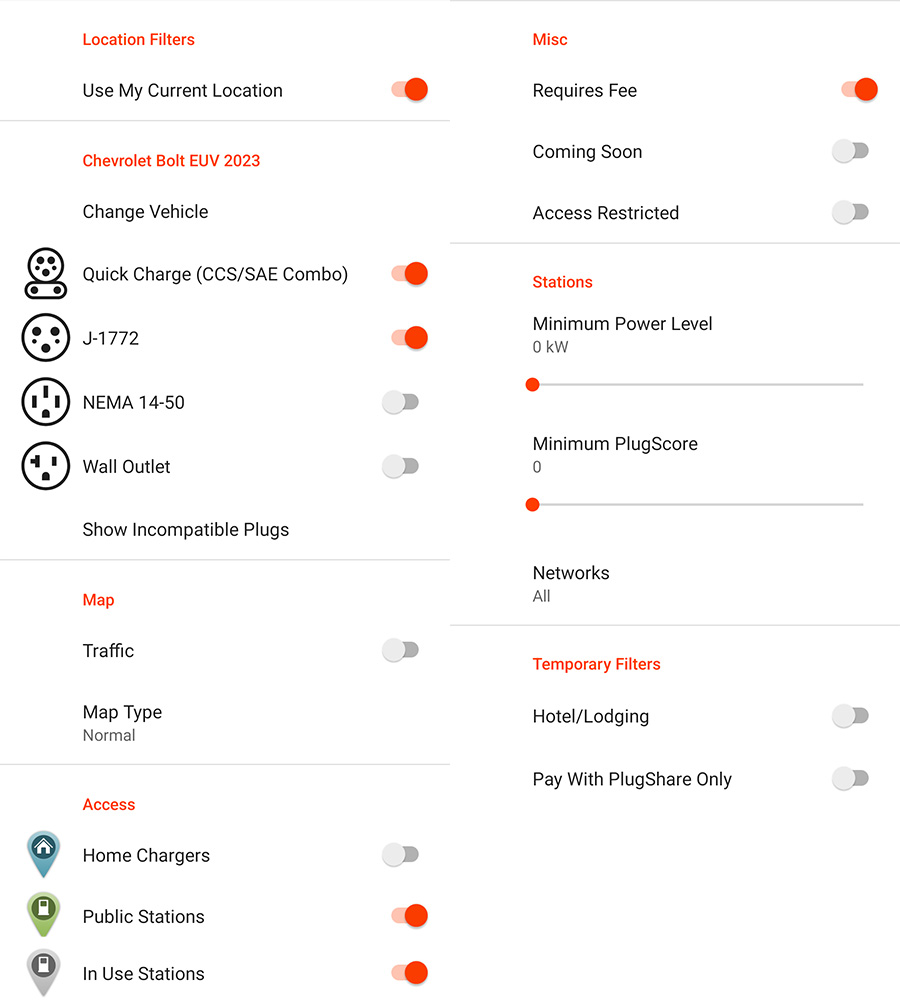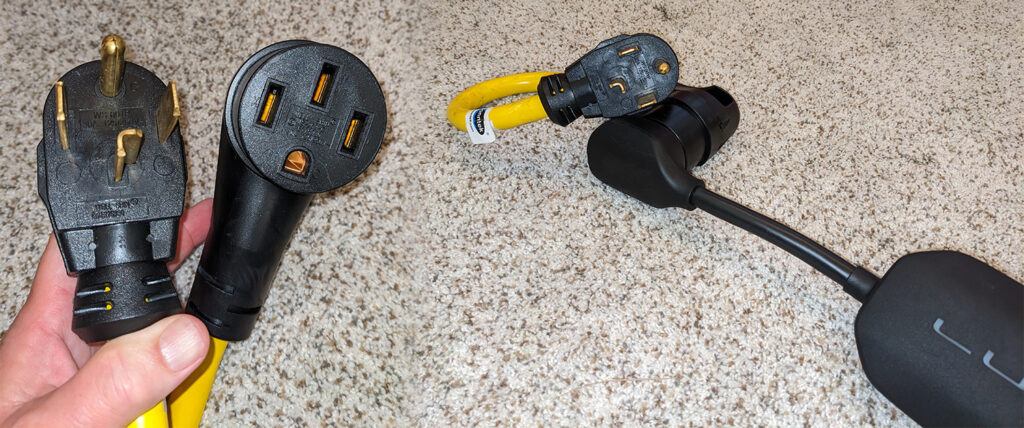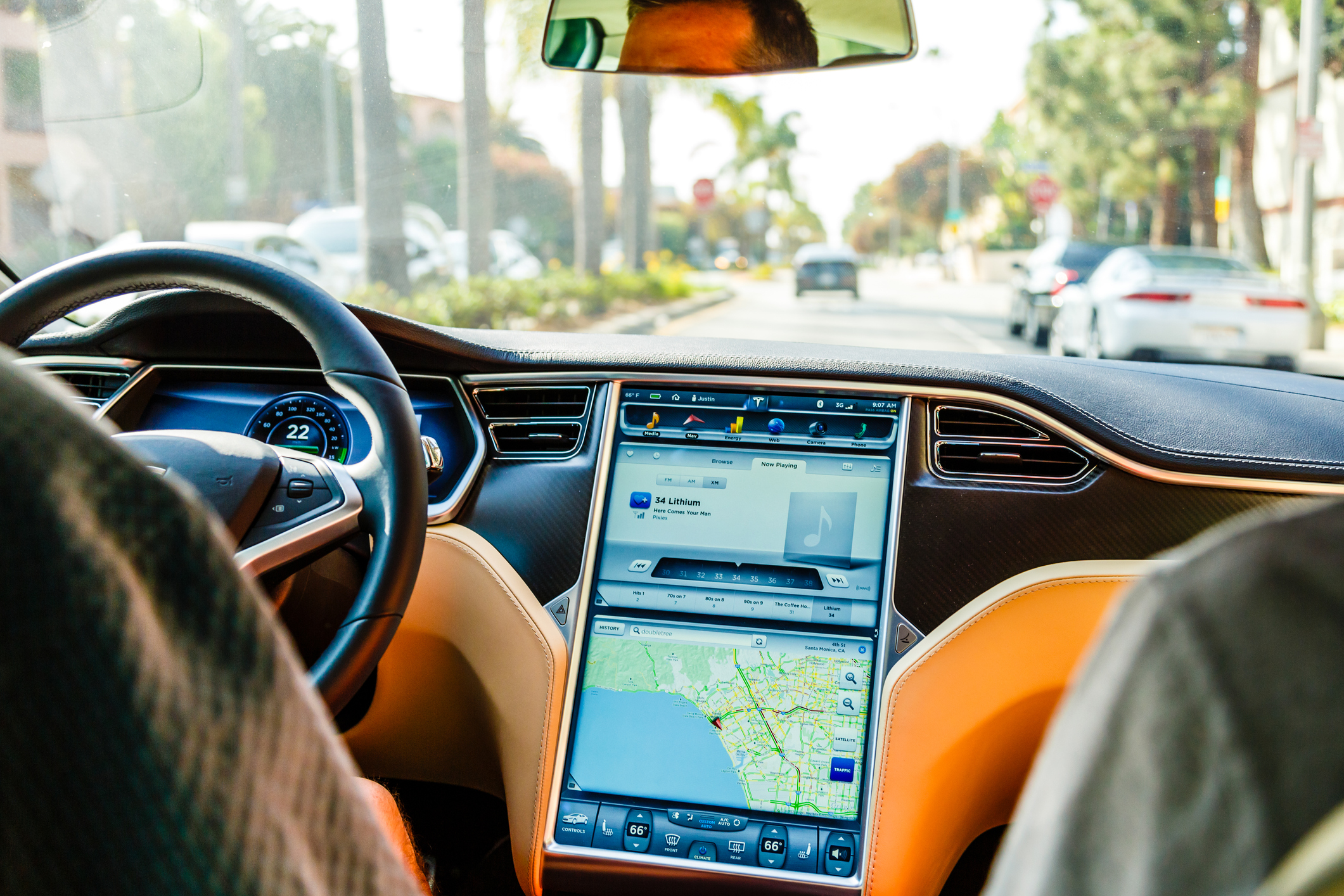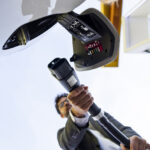TL;DR
There is a viral meme that goes something like this: outside of your comfort zone is where the magic happens. What does that have to do with electric vehicle (EV) road trips? Well, everything, actually. Most new EV drivers have an informal “range map” that is centered on their home and has a radius just a bit shy of half the range of their car. They can drive within that zone and return home safely, where they know they can charge.
Driving beyond your comfort zone is where your EV turns into just a car.
The Nitty Gritty Details About EV Road Trips
I remember the first time I drove an EV to a destination that was about 10 miles further than half the range of my car. It was the nerd equivalent of a sugar high. Since then, my EV has become my regular vehicle, and I have used it for road trips that are many multiples of its range. While it does take planning, the tools to do that planning have changed for the better over the last decade. Additionally, the cars themselves have more range, and the public charging infrastructure has vastly improved, making road trips very doable.
What does it take to plan an EV road trip? Let me describe it with an example. Not too long ago, I had a Tesla Model 3. My daughter and son-in-law were going to drive from the San Francisco Bay Area (where they live, not far from me) to a second home I have in Whitefish, Montana. I lent them my Model 3 for the drive, figuratively tossed them the keys (and installed the Tesla app on their phone), and said to punch in their destination on the nav screen and follow the directions. The car would navigate to the chargers they needed. There really were no other instructions necessary.
Fast forward 12 or so months, and one day I returned from an errand to see my daughter’s Ford Edge in the driveway and my wife’s Ioniq 5 gone. I walked into the house and learned from my wife that she had just lent them her car to drive 400+ miles to the Los Angeles area for the weekend. OMG! WHAT HAVE YOU DONE!?!?! I exclaimed in horror.
The difference is that stark. Tesla has done an excellent job of tightly integrating their navigation system and charging network into a seamless package. You Tesla drivers out there can put on your smug face and stop reading. As for the rest of you, you have some homework to do before your next road trip. Not much, but some…
Start Small. PlugShare is your friend.
Your first EV road trip should probably be modest in scope. I suggest a destination that is just beyond half your EV’s range. Let’s assume a Bolt, for the sake of discussion, which has a range of around 250 miles. Find a destination about 150 miles from home (assuming “home” is where you can charge overnight with zero stress).

PlugShare’s filters allow you a lot of flexibility, including charging just at hotels, looking at locations that might require an adapter, specific networks, and even individuals willing to let you charge at their homes. One of the best features is the rating system known as ‘PlugScore’. Be sure to “check-in” and rate any public charging locations so others will benefit from your experience, whether good or bad.
Download PlugShare onto your phone and create an account. Tell PlugShare what type of EV you drive (we are assuming the Bolt), and it will automatically set the filters so you only see charging locations that can accommodate your car (CCS and Level 2 J1772 for the Bolt).
If you plan on staying at your destination for a few hours, a Level 2 (L2) destination is sufficient; otherwise, you want to ensure your destination has a compatible DC fast charger (DCFC)– probably CCS unless you own a Leaf. In PlugShare, you can search a map for charging locations, and the color of the marker tells you if it is L2 or DCFC.
One of the best features of PlugShare is its user reviews. You can (and should) leave a review of each public charger you visit. This results in what’s called a ‘PlugScore’. There are definitely charging locations with a PlugScore of 1, and you are advised to avoid them. My personal cut-off is to avoid anything with less than an 8, unless there are simply no other options. You can get additional information by reading the recent reviews.
You can get more results if you consider adapters or even bring portable EV supply equipment (EVSE) with you. Continuing with the Chevy Bolt example, the compatible plugs you’d need are CCS and J1772. If you selected your car when you signed up with PlugShare, it should automatically filter results based on these plugs. But if you have a Tesla to J1772 adapter, you can also search for Tesla destination chargers by selecting the Tesla plug in PlugShare. Further, if you have a portable EVSE with a NEMA 14-50 plug, you can filter results using that filter.
PlugShare acquires its database in two ways. First, it gets locations directly from networks like Electrify America or ChargePoint. But users can add locations that are not part of a network. Its charger locations list is probably as complete as any I’ve used, but that doesn’t mean it has every location. For example, you can find Tesla destination chargers listed on Tesla’s website that aren’t on PlugShare. Furthermore, there are plenty of NEMA 14-50 sites not listed in PlugShare (you can find them using RV camping websites because travel trailers typically use a NEMA 14-50).
ABRP
Once you are comfortable expanding your driving radius beyond the range of your car, the next big step is a bonafide road trip. The best tool for this is A Better Route Planner, or ABRP. Create an account and download their app, and like PlugShare, select your car model; all of the correct parameters will be automagically populated.
ABRP will use your car’s battery size, charging profile, and highway efficiency in route planning. Further, it will accommodate known elevation changes along the route, which can greatly impact range. Dig a little deeper into the menus, and you can modify your car’s profile for added weight (think four adults and some luggage), a roof-mounted cargo box, towing a trailer, or even compensate for extreme cold (or hot) weather.
There are far more dials you can turn in ABRP, including a minimum state-of-charge when you arrive at your destination, how many minutes of overhead you’d like to assume for plugging in and starting the charge session, and so on. It would take more than a simple column to understand all of them, and there are YouTube videos that can walk you through many of these features. But ABRP’s best feature is the real-time feedback you get when using the (paid) premium version. This will tell you, in real-time, if you are consuming more (or less) than the prediction, with instructions on how to get back on track (slow down, turn down the heater, etc.). Not all cars on the road are compatible, but most of the popular models are.

An ABRP plan for a Chevy Bolt from the San Francisco Bay Area to Whitefish, Montana, which includes seven charge stops and just under eight hours of total charging. That’s two days for me, and the logical halfway point is Bend, Oregon. Going back to PlugShare, I can filter results around Bend for hotels, and I see there is one with a PlugScore of 9. Perfect! I would also verify that each DCFC stop along my route had a PlugScore of at least 8. If it did not, you can exclude it from the ABRP plan and recalculate. I did note a yellow section where ABRP advises a top speed of 55 MPH in the last leg of the journey to stretch my range to make the destination.
When ABRP calculates a route, it uses your car’s charging profile to determine the required number of minutes you need to charge at a given charge stop, assuming an optimal profile and that the highest-powered DCFC is available. This is one failing of the app, but it really isn’t ABRP’s fault. For example, if your car can charge at 300 kW but the 350 kW charger is down or in use and you need to charge on the 150 kW DCFC instead, well, it’s going to take longer than ABRP had estimated. In any case, ensure you stay plugged in until your SOC percentage is at least the specified amount in the ABRP plan for your route.
ABRP has a good database of DCFCs, but I don’t solely rely on it for planning any L2 charging for an overnight stop. When staying overnight somewhere, I always fall back to PlugShare and find a hotel with L2 near a stop where ABRP would have had me charge anyway.
One EV hack that has allowed me to visit places from Airbnbs to my mom’s house is charging via a dryer outlet. An electric clothes dryer is a good alternate charging location if you have a portable EVSE and the right adapter. Dryers in the US are, by code, on a dedicated circuit that is (dare I say it) always 30 amps. Best practice (and US electrical code) is to derate the max current (30 amps) by 20% for continuous use (like a dryer or an EVSE). Ensure your portable EVSE is not drawing more than 24 amps. This can be a setting on your car or on the EVSE itself. The caution about adapters from a previous column applies – the circuit isn’t “aware” you are using an adapter. If you don’t know (or can’t ensure) that the max current is 24 amps, do not attempt charging from a dryer plug.

Here’s another road trip hack: if you’re staying at an Airbnb and they have an electric dryer near the garage, bring your portable EVSE and an adapter that will accommodate a NEMA 14-50 to a NEMA 14-30 (aka ”new dryer plug”). There are also adapters from a NEMA 14-50 to a NEMA 10-30 (aka “old dryer plug”). EVSE Adapters, Amazon, and Wal-Mart are good places to find such adapters. Remember back to the column on adapters that this is not how you want to end up famous on CNN. Care must be taken when using adapters such as these because while it changes the configuration of the plug, it does nothing to change the circuit. The EVSE still “thinks” it is plugged into a 50 amp circuit while it is, in fact, plugged into a 30 amp circuit. You must limit the max current on your car or your EVSE to no more than 24 amps (0.80*30 -24 amps). Photo credit: John Higham
During your road trip, you’ll want a Plan B. This is where PlugShare is your friend – you want to know where alternate charging locations might be, including residential sites where ordinary people are willing to share their EVSE with like-minded people. Also, you’ll want to keep some reserve – don’t allow your state-of-charge to get down into the single digits out in a charging desert; otherwise, it’ll be the tow truck that is your friend.
And that’s a topic for next week – the 10/20/70 rule.








0 Comments